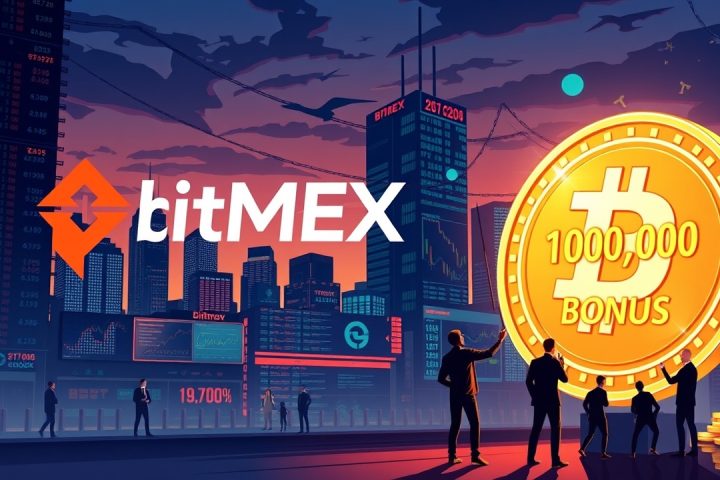Hong Kong’s Proactive Regulatory Updates
Hong Kong’s proactive approach towards fostering compliance in the realm of virtual assets has gained momentum with its recent regulatory updates. On April 7, 2025, the Hong Kong Securities and Futures Commission (SFC) released a circular that grants permission for virtual asset spot exchange-traded funds (ETFs) to engage in on-chain staking activities, all under a carefully constructed regulatory framework. This decision signifies an easing of previous restrictions governing virtual asset trading platforms, now enabling licensed platforms to offer staking services to their clients—a pivotal moment aimed at refining the regulation of Web3 financial systems.
Impact and Significance of Staking
This latest development is anticipated to bolster Hong Kong’s position as an attractive hub for virtual asset activity while also blending traditional financial mechanisms with the operational frameworks of on-chain economics. Staking, a vital feature prevalent in Proof of Stake (PoS) public chains, has transformed into a primary revenue-generating mechanism. As per preliminary data from OKG Research, by early April 2025, over 34 million ETH had been staked within the Ethereum network, representing approximately 28.03% of its total supply.
Projects like Cardano and Solana have similarly maintained high staking rates, indicating a robust market consensus around this income-generative mechanism.
Regulatory Framework and Obligations
The SFC’s circular indicates a significant recognition of staking as an essential element for garnering network incentives in the public chain ecosystem, validating that there is a logical economic rationale underpinning this development.
The regulatory measures also outline that for ETFs engaging in staking, participation must occur through licensed trading platforms and authorized entities, which imposes a cap on staking ratios to mitigate liquidity risks while ensuring the security and independence of assets.
In conjunction with this, ETF managers will be compelled to transparently disclose crucial information regarding staking operations, income models, potential pitfalls, and the established staking ratio limits—all aimed at safeguarding investor rights and interests. Importantly, the SFC’s earlier guidelines, imposed back in June 2023, barred licensed trading platforms from utilizing clients’ virtual assets for generating returns, but new regulations now explicitly allow platforms to extend staking services to customers.
Enhancing Virtual Asset Offerings
The facilitation of pledge operations stands to not only widen the service offerings of trading platforms—moving beyond mere transaction matching—but also enhances user engagement and trading volume. For virtual asset spot ETFs, staking represents a method of optimizing the use of underlying assets, fostering additional income streams without disrupting the ETF’s share structure, thus offering compliant avenues for on-chain revenue to both users and institutions.
The incorporation of staking is expected to significantly increase the allure of these ETFs, transforming them from passive instruments into proactive channels for income generation. With potential annualized returns from staking estimated between 3% to 6%, the appeal for institutional investors and family offices looking for medium to long-term investments could substantially grow in the coming months.
Strategic Implications for the Future
Moreover, this move not only seeks to increase the operational robustness of Hong Kong’s ETF market, which has yet to fully realize its trading potential since the introduction of virtual asset ETFs in 2024 but also forms a strategic building block for a comprehensive Web3 financial ecosystem.
As the local compliance landscape evolves, there’s a clear intention to delve deeper into the integration of DeFi capabilities with conventional financial structures, thereby constructing a secure and sustainable bridge between traditional finance and the evolving on-chain economy.
Global Perspective and Future Outlook
On a global scale, Hong Kong’s progressive stance may also provide a model for other jurisdictions facing regulatory dilemmas regarding the advent of pledged financial products—a striking contrast to the United States, where the approval of similar products has been bogged down in debates over asset ownership and securities classifications.
With key players like Coinbase and Grayscale stimulating regulatory dialogue, a shift in the SEC’s approach towards staking could resurface in the near future. For now, Hong Kong appears poised to attract significantly more international capital interested in on-chain revenue, further solidifying its leadership in the realm of virtual asset innovation and digital finance.
As compliance measures tighten and ETF managers explore staking options further, the city is on track to establish a comprehensive financial product ecosystem that evolves from merely transactional to actively configurable and value-added, addressing diverse investor needs and fortifying the sustainability of its virtual asset market.











